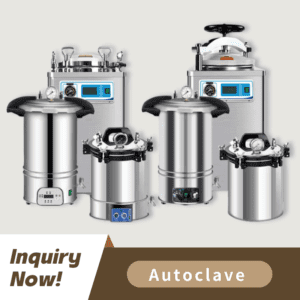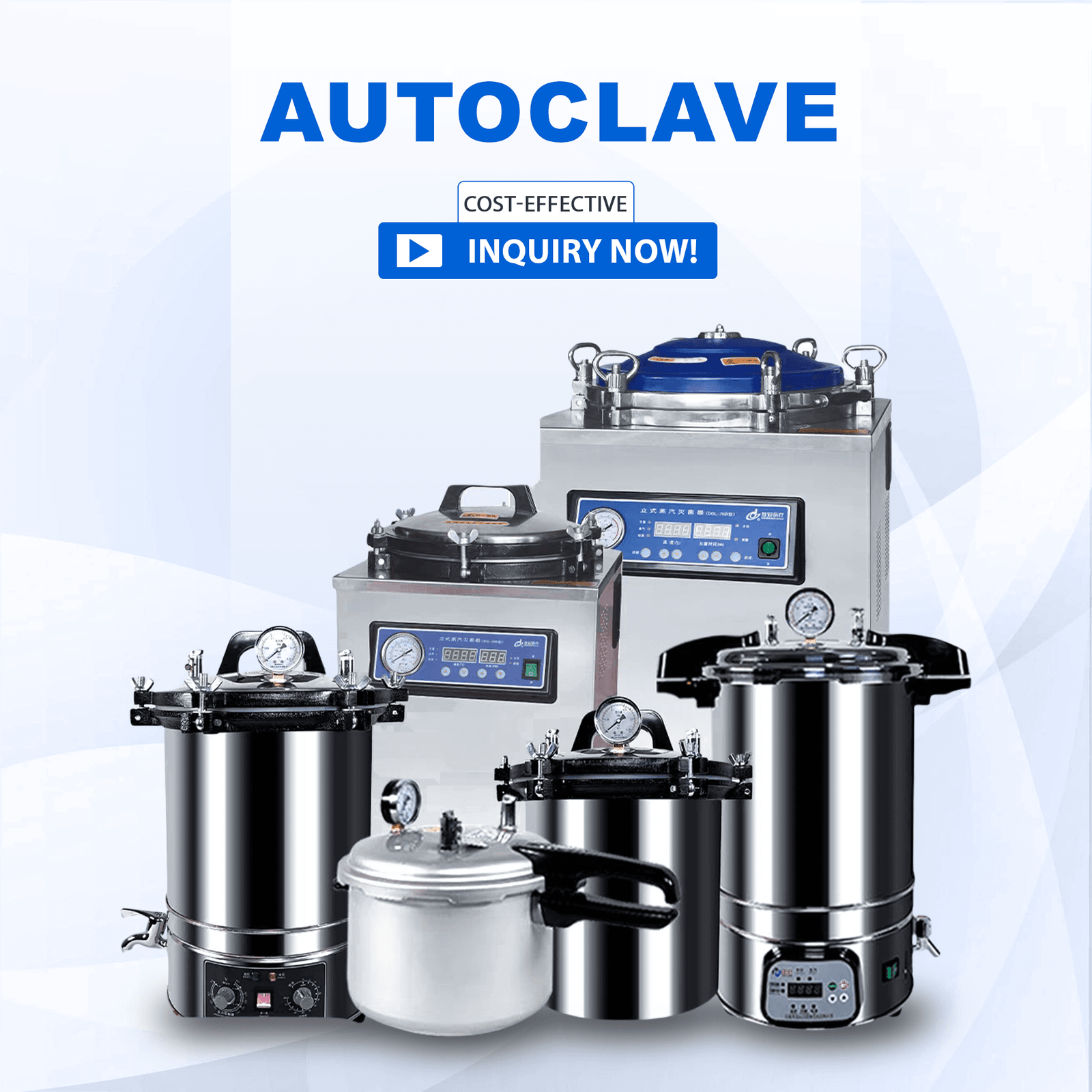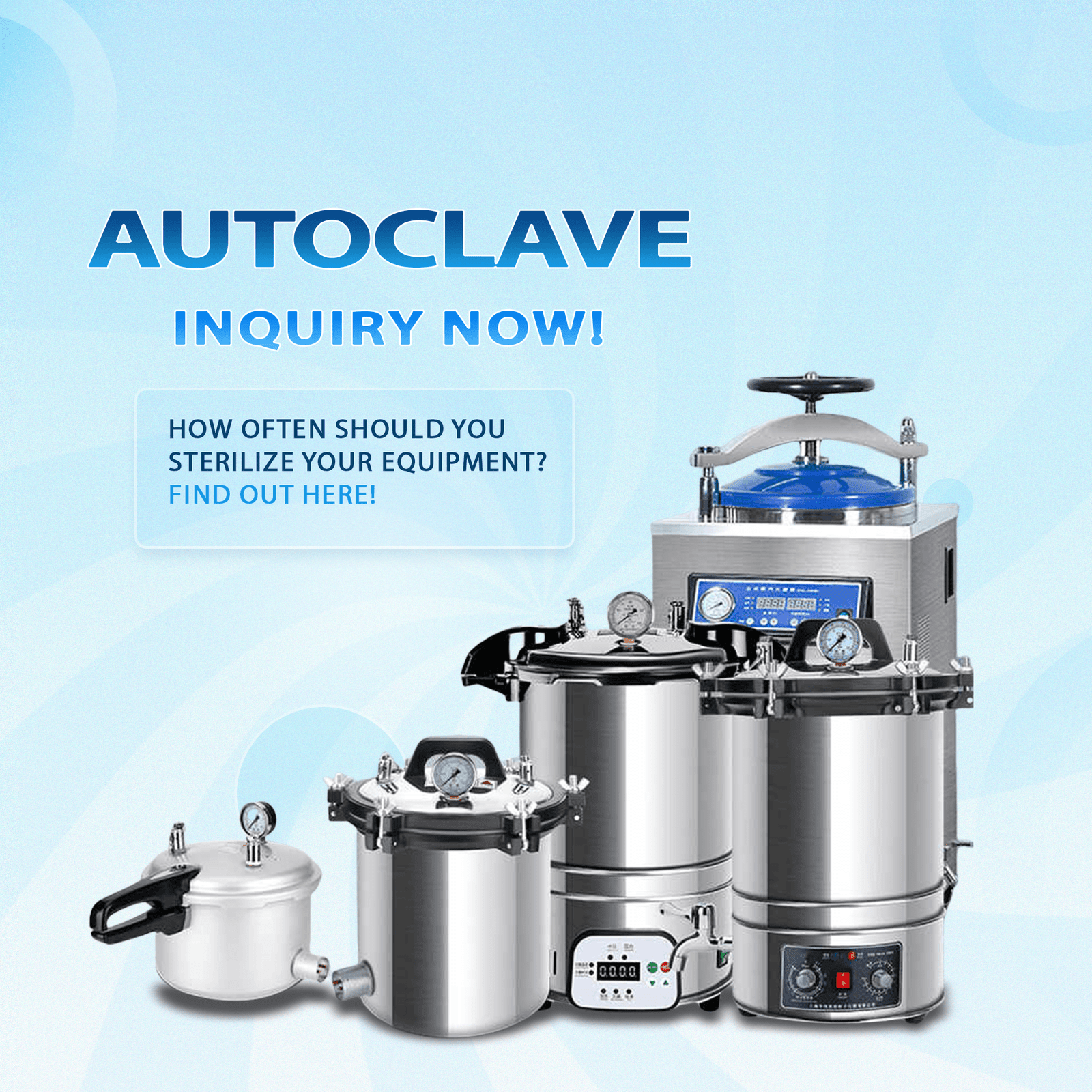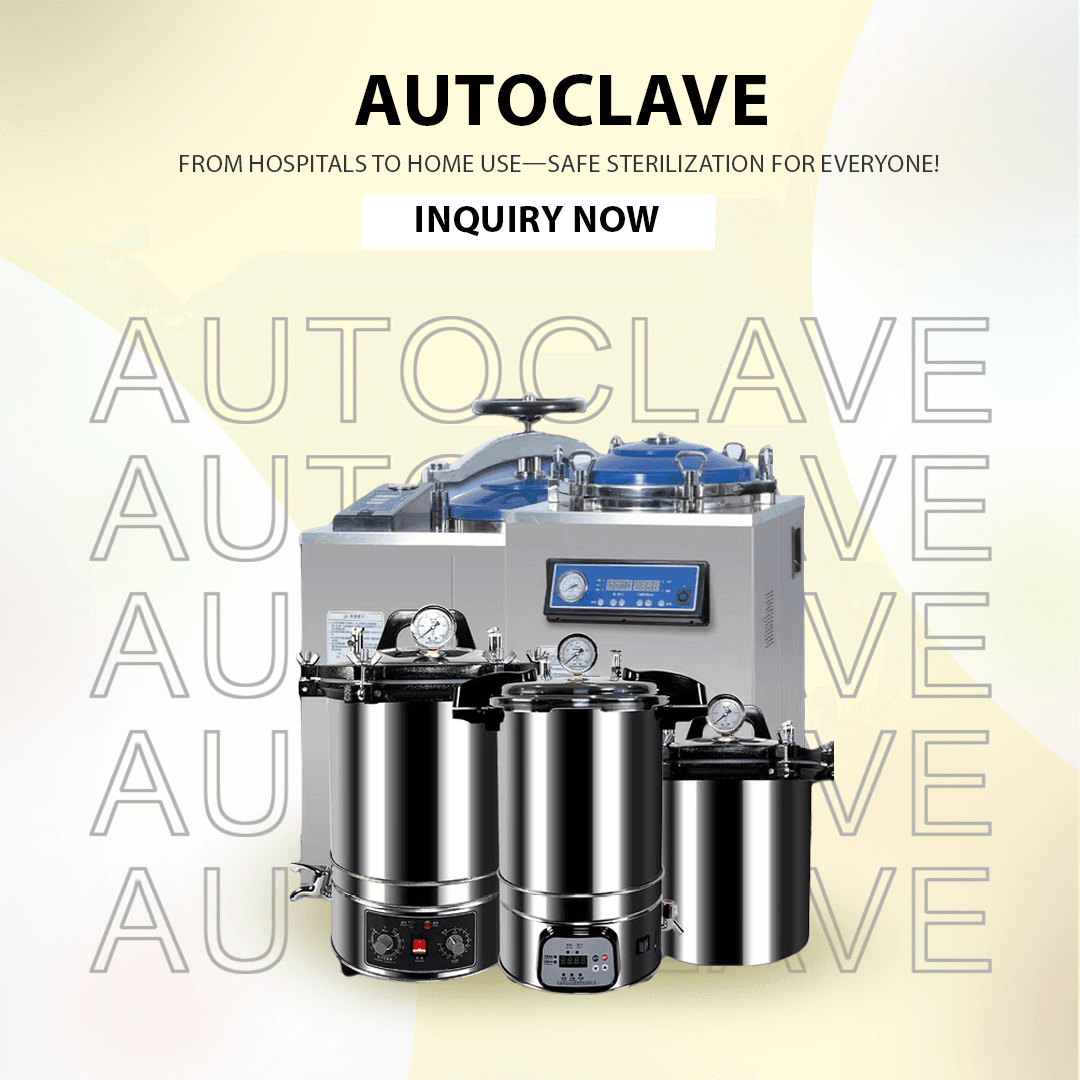
Sterilization remains essential across multiple industries because it guarantees that tools, equipment and materials stay free from dangerous microorganisms. The horizontal autoclave distinguishes itself from other sterilization devices through its special design and operational features. This article will examine the horizontal autoclave’s function and structure while explaining its applications and reasons for its widespread industrial preference.
The horizontal autoclave functions as a sterilization apparatus with a horizontal chamber specifically created to accommodate the processing of large or bulky items. Horizontal autoclaves possess a side-loading design which makes loading and unloading materials easier when compared to vertical autoclaves which contain a vertical chamber. The side-loading design of horizontal autoclaves provides distinct advantages for processing heavy or oversized equipment by minimizing operator strain and enhancing operational efficiency.
Horizontal autoclaves find extensive applications across healthcare, pharmaceutical production facilities, scientific research settings, and manufacturing operations. They provide essential services to sterilize instruments and media while controlling contamination which makes them essential in critical environments.
Horizontal autoclaves use moist heat sterilization by utilizing high-pressure steam to destroy microorganisms. The process typically involves the following steps:
Cargando: All items needing sterilization go into the horizontal chamber for processing. The side-loading feature facilitates straightforward organization of large and heavy items.
Sealing: The chamber seals tightly to establish an airtight environment.
Esterilización: Steam enters the chamber while temperature and pressure are adjusted until they reach the necessary levels. The sterilization process utilizes both heat and pressure to eliminate bacteria, viruses, and other harmful pathogens.
Refrigeración: The chamber must reach a safe temperature before items can be extracted following the sterilization process.
The horizontal design achieves uniform steam distribution which enables efficient sterilization throughout large or densely packed items.
Horizontal autoclaves demonstrate versatility through their use in multiple industrial sectors.
Horizontal autoclaves serve to sterilize surgical instruments and medical devices in hospitals and clinics. The sterilization process makes sure tools remain safe for use while minimizing infection risks and cross-contamination possibilities.
The pharmaceutical industry uses horizontal autoclaves to ensure media, containers, and equipment used in drug production are properly sterilized. The use of horizontal autoclaves is vital to preserve both the quality standards and safety measures of pharmaceutical products.
Research labs use horizontal autoclaves to sterilize glassware alongside various tools and media for safe experimentation. Precise and trustworthy research findings depend on this critical step.
Manufacturing operations utilize horizontal autoclaves to sterilize extensive components and materials. The food processing industry requires stringent contamination control measures.
Horizontal autoclaves present multiple benefits that make them superior to other sterilization techniques.
Facilidad de uso: The side-loading design streamlines the loading and unloading operations which leads to decreased operator fatigue.
Large Capacity: Large or heavy objects that cannot be accommodated by vertical autoclaves can be sterilized effectively with horizontal autoclaves.
Efficient Sterilization: The horizontal design achieves uniform steam distribution which produces dependable sterilization results.
Versatilidad: With their broad industrial applications horizontal autoclaves serve as a flexible option for achieving sterilization.
Healthcare facilities along with pharmaceutical labs and industrial sectors rely on horizontal autoclaves for effective sterilization procedures. Their special design combined with substantial capacity and user-friendly operation positions them as the top choice for processing large heavy items. A thorough understanding of horizontal autoclave operation and uses enables you to make knowledgeable choices about your sterilization requirements.
Do you need a dependable sterilization solution for your operations? Browse our selection of horizontal autoclaves to discover a model that suits your requirements. Reach out to us right now for further information or to receive a quote!
Horizontal autoclaves have a side-loading design, making them ideal for large or bulky items, while vertical autoclaves have a top-loading design and are more compact.
Healthcare facilities as well as pharmaceutical companies research labs and industrial manufacturers utilize horizontal autoclaves.
Optimal performance requires daily cleaning alongside weekly inspections and annual servicing as part of regular maintenance.
Horizontal autoclaves have the capability to sterilize liquids provided that suitable containers and settings are selected to avoid spills or explosions.
The appropriate size is determined by both the amount and kind of items you need to sterilize. Contact a supplier to discover the ideal solution for your requirements.

La esterilización es un elemento esencial de las prácticas de control de infecciones tanto en los centros sanitarios como en los laboratorios. La esterilización en autoclave mediante vapor resulta eficaz para muchas aplicaciones, pero no es óptima en los siguientes casos

Los profesionales médicos de todo el mundo confían en los autoclaves como herramientas esenciales para garantizar la seguridad y esterilidad del instrumental médico. Los distribuidores de productos sanitarios y los especialistas en adquisiciones deben comprender los principios y las ventajas de los autoclaves

Los avances sanitarios hacen que sea esencial mantener el instrumental médico seguro y estéril en todo momento. Los distribuidores, vendedores y profesionales de la adquisición de productos sanitarios deben conocer los métodos de esterilización para operar con eficacia. En

La esterilización de dispositivos e instrumentos médicos requiere autoclaves porque protegen la seguridad del paciente y facilitan el cumplimiento de las normas reglamentarias. Los sistemas de autoclave más sofisticados siguen experimentando ciertas limitaciones. Distribuidores de productos sanitarios,

En la fabricación de dispositivos médicos, los autoclaves actúan como equipos esenciales porque proporcionan una esterilización uniforme de diversos instrumentos y materiales. Los autoclaves utilizan vapor saturado a alta presión para erradicar bacterias, virus, hongos y bacterias.

Los autoclaves son dispositivos cruciales en los entornos sanitarios y científicos, ya que esterilizan sistemáticamente instrumentos y materiales. Los distribuidores de equipos médicos, junto con los vendedores y los profesionales de compras, necesitan mantener los autoclaves en funcionamiento.